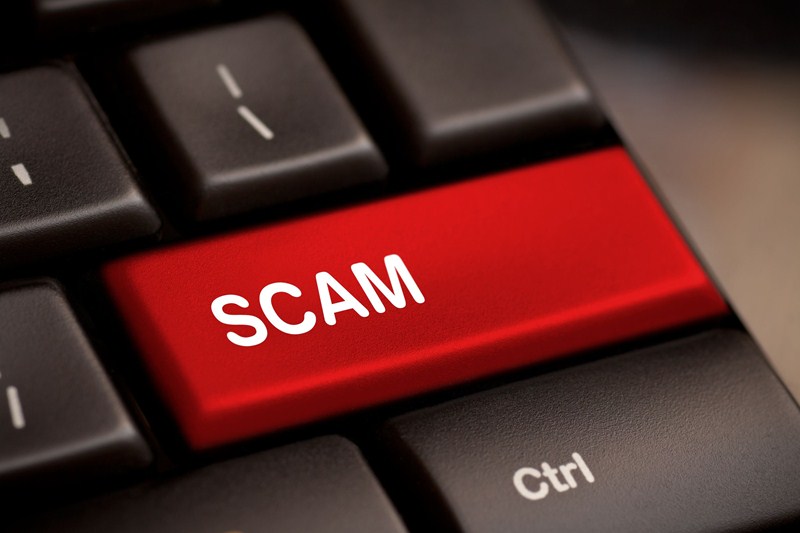The Bounce Back Loans scheme was launched in May 2020 to provide financial support to businesses across the UK that were losing revenue and cashflow as a result of the COVID-19 pandemic. The scheme allowed qualifying small businesses to borrow between £2,000 and £50,000 with no fees or interest to pay for the first 12 months. In most cases business receive the cash within 24 hours of approval. The scheme closed to new applications and top-up applications on 31 March 2021.
A director of a small consultancy business applied for a £30,000 Bounce Back Loan on behalf of his company in May 2020, despite the company accounts showing annual turnover of £50,000. The maximum the company was eligible to claim under the scheme was just under £13,000. Part of the loan was spent on personal expenditure in clear breach of the rules.
The business was placed in voluntary liquidation in March 2021 before the liquidator passed on concerns regarding the director’s conduct to the Insolvency Service for further investigation.
The director admitted applying for a larger Bounce Back Loan than the company was entitled to and using some of the money for personal expenditure. This has resulted in the director being banned from acting as a director for 8 years.
The Chief Investigator at The Insolvency Service said:
‘We will not hesitate to take action against directors who have abused Covid-19 financial support, and ultimately the taxpayer.’












